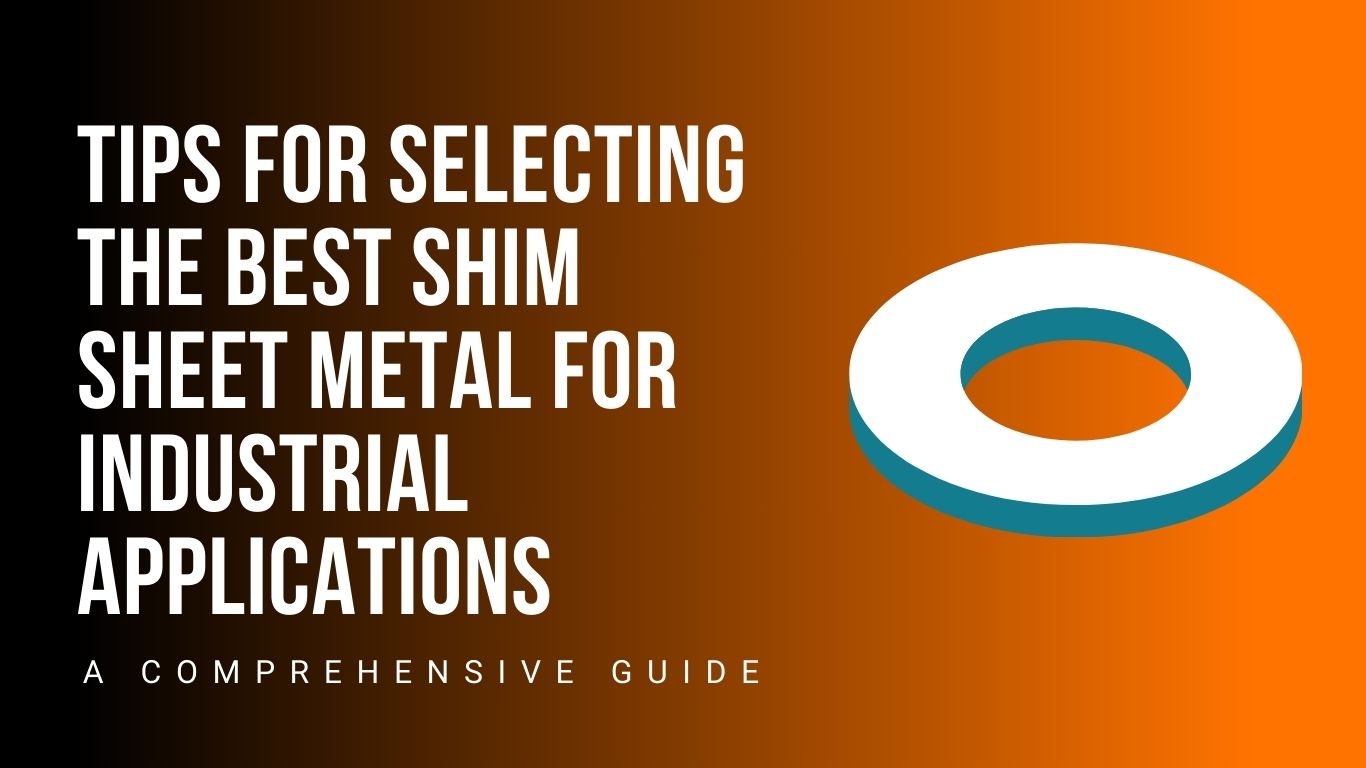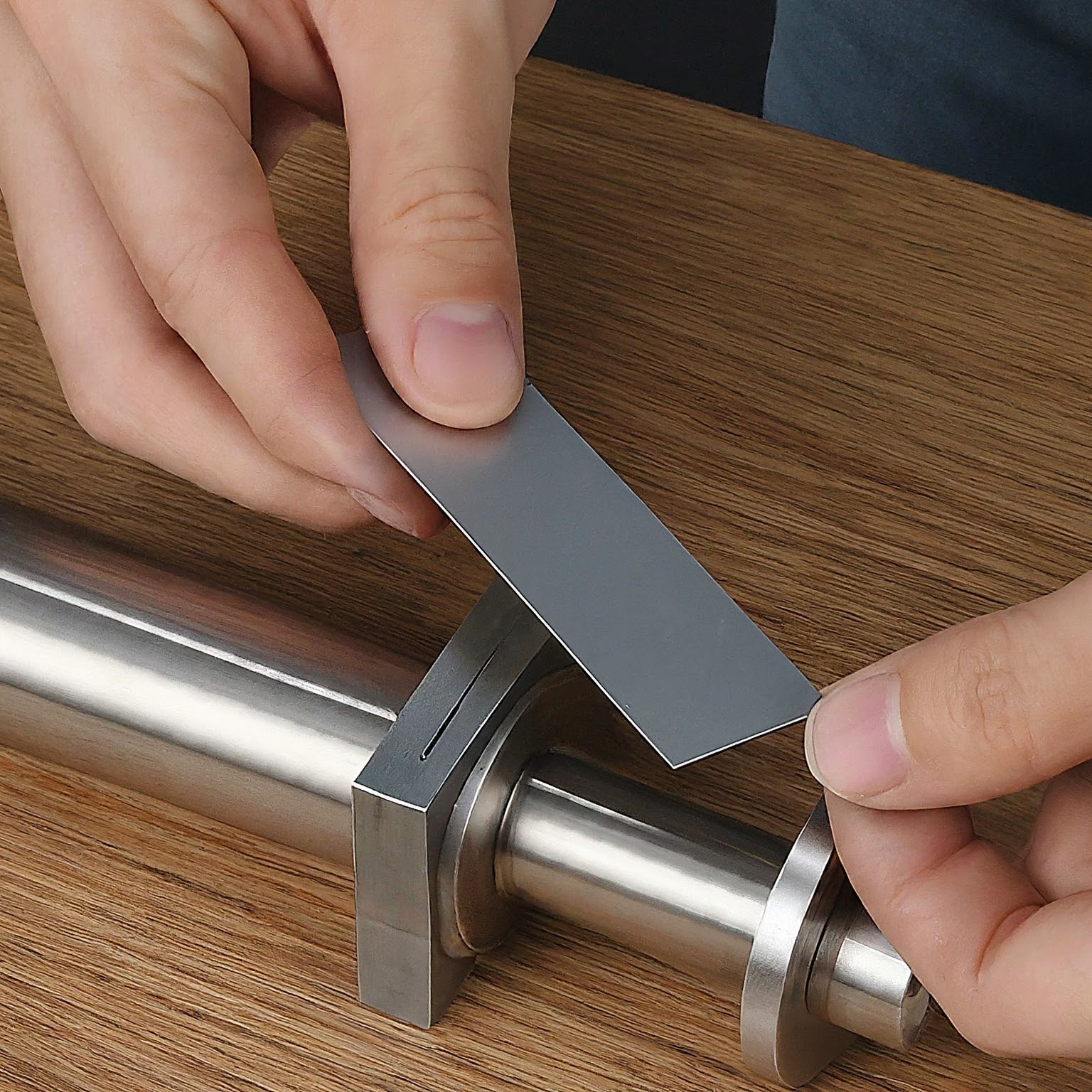Tips for Selecting the Best Shim Sheet Metal for Industrial Applications : Comprehensive Guide

Selecting the right shim sheet metal is crucial for ensuring the precision and reliability of industrial applications. Whether you're dealing with machinery, structural components, or assembly processes, the right shim sheet metalshim sheet metal can make all the difference. This article provides you with practical tips for choosing the bestshim sheet metal for your industrial needs, helping you make informed decisions that enhance performance and durability.
Table of Contents:
- Understanding Shim Sheet Metal
- Factors to Consider When Choosing Shim Sheet Metal
- Common Types of Shim Sheet Metal
- Benefits of Using the Right Shim Sheet Metal
- Conclusion
Understanding Shim Sheet Metal
What is Shim Sheet Metal?
shim sheet metal is a thin, flat strip of metal used to fill gaps or create space between two objects. It's a versatile material with a wide range of industrial applications.
Common Applications of Shim Sheet Metal
- Machinery and Equipment: Shims are used to align components, reduce vibration, and prevent wear and tear.
- Automotive Industry: Shims are used in engine blocks, transmissions, and suspension systems to ensure proper fit and performance
- Aerospace Industry: Shims are used in aircraft components to maintain precise tolerances and prevent failures.
- Construction Industry: Shims are used to level surfaces, secure components, and provide insulation.
- Electronics Industry: Shims are used to protect components from damage and to maintain electrical conductivity.

Factors to Consider When Choosing Shim Sheet Metal
When selecting shim sheet metal for industrial applications, consider the following key factors:
Material Type
The material of shim sheet metalshim sheet metal affects its strength, durability, and suitability for different environments.
- Stainless Steel: Stainless steel shim sheets are highly resistant to corrosion and offer excellent strength, making them ideal for harsh environments and heavy-duty applications.
- Brass: Brass shim sheets provide good machinability and resistance to wear, suitable for moderate load applications and environments where corrosion is less of a concern.
- Aluminum: Aluminum shim sheets are lightweight and cost-effective, best for applications where weight reduction is important and environmental conditions are less severe.
Thickness
The thickness of shim sheet metal determines how much gap it can fill and how it will perform under load.
- Thin Sheets: For minor adjustments and lighter loads, thinner shims are often sufficient.
- Thicker Sheets: For heavier loads and more substantial gaps, thicker shims provide greater strength and stability.
Size and Dimensions
Choosing the correct size and dimensions of shim sheet metal is crucial for achieving a proper fit.
- Standard Sizes: Often available for general applications. Ensure they match the required dimensions for your project.
- Custom Sizes: For specific needs, custom-sized shims can be ordered to fit unique gaps and spaces precisely.
Surface Finishs
The surface finish of shim sheet metal can impact its performance and suitability for certain applications.
- Smooth Finish: Ideal for applications requiring minimal friction and a precise fit.
- Textured Finish: May be used for better grip or to handle specific environmental conditions.

Common Types of Shim Sheet Metal
Different types of shim sheet metal are suited to various applications. Here’s a quick guide to some common types:
Stainless Steel Shim Sheets
Stainless steel shim sheets are known for their durability and resistance to corrosion. They are a popular choice in industries where high strength and environmental resistance are critical.
Brass Shim Sheets
Brass shim sheets offer good machinability and are often used in applications where moderate strength and resistance to corrosion are required.
Aluminum Shim Sheets
Aluminum shim sheets are lightweight and versatile, making them suitable for applications where weight is a concern and environmental conditions are not extreme.
Benefits of Using the Right Shim Sheet Metal
Selecting the appropriate shim sheet metal offers several benefits:
- Improved Precision: Ensures accurate alignment and spacing, enhancing the performance of your machinery or structure.
- Increased Durability: The right material and thickness provide strength and resistance to wear and corrosion.
- Cost Efficiency: Choosing the correct shim reduces the need for replacements and maintenance, saving you money in the long run.

Conclusion
Choosing the right shim sheet metal involves understanding your application’s requirements and selecting the appropriate material, thickness, size, and finish. By considering these factors, you can ensure that your shim sheet metal will provide the precision and durability needed for optimal performance.
About Sachin Shim
Our range of shims includes metal, machine, industrial, precision, adjustable, machinery, engineering, custom, and alignment shims. These shims are designed for various applications, such as machinery alignment, fine adjustments in industrial-grade machines, engineering projects requiring steel shims, heavy-duty machinery requiring versatile metal shims, aerospace applications demanding precision stainless steel shims, automotive use requiring adjustable aluminum shims, precision engineering projects using high-quality brass shims, construction applications requiring durable plastic shims, specialized machinery needing customized shim solutions, and manufacturing processes requiring fine-tuning shims for precise alignment and accurate machine setup and leveling.
Author
Meet Sachin, our expert author in industrial materials with a deep understanding of brass shim sheets. With years of experience, Sachin brings valuable insights and expertise to this guide, making him a trusted source for all things related to brass shim sheets. Join us as we delve intothe art of crafting brass shim sheets with Sachin leading the way.
List Other similar blogs







